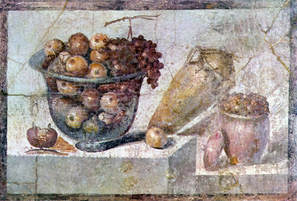 Roman Tromp L'Oeil fresco Roman Tromp L'Oeil fresco The art of Trompe L'oeil (fool the eye) has been around for at least two thousand years... as evidenced by frescoes and mosaics from Pompeii and Herculaneum. Artists have always attempted to make their works seem as realistic as possible, with the goal of having the images leave their flat space on the wall and enter the real world. Of course, it all depends on the skills of the artists' hands and eyes, some being better than others. When they added realistic shadows, cast from the same direction as the real world light in the viewing room, the effect was magical. When they would put a life sized mouse running along the edge of the floor, the reality effect was enhanced. If they made some elements like grapes or vines seeming come right out of the frame and onto the wall, you felt like you could reach out and touch and feel what your eyes perceived.  From Oplontis, near Pompeii From Oplontis, near Pompeii Tromp L'Oeil usually keeps the objects the same size as the item is in real life to trick the eye into thinking the two dimensional objects are really three dimensional things coming out of the painting and into our real world, as in ancient bowls of fruit sitting atop faux mantles. Modern day Photo-realism or Hyper-realism painters of today have a different goal: to fool the viewer into thinking that they are not looking at paintings at all, but photographs or digital captures of real life. Hyper-realism is, in essence, Trompe l'Oeil in reverse. And in some cases, the artwork is enormous... dozens of times larger than life. I find it curious that photography has become the symbol of "reality" rather than real life itself. When photography was in its infancy, artists were in an uproar (especially portrait artists) because they were losing assignments to people who they claimed were not artists, but merely technicians clicking the shutter on a machine. In no way could photography become a true art form. It's amazing to see how photography has become both a form of artistic expression and a way to capture reality as if the viewer was looking through a window at the real life scene. As a professional photographer, I also find it curious how it has come full circle and painters are now imitating photography with hyper-realism.
In any event, I've collected a small sampling of hyper-realism paintings of food relating to Italian cuisine... Enjoy the slide show! Ciao... --Jerry Finzi  He looks a lot like the Thing in Marvel Comic's, Fantastic Four He looks a lot like the Thing in Marvel Comic's, Fantastic Four On the Cinque Terre coast, the Voyager will come across il Gigante, the gigantic statue of Neptune in Monterosso on the beach near Fegina. Sculpted by the Arrigo Minerbi in 1910, he is over 40 feet tall and holds up part of the Villa Pastine. Neptune used to hold a trident and a giant clam shell above his shoulders that was used as a dance floor by the Villa. During World War II, Monterosso was bombed by allied forces, and the Neptune statue and the Villa suffered serious damage. A strong storm in 1966 damaged the statue even more. |
Categories
All
Archives
January 2024
|

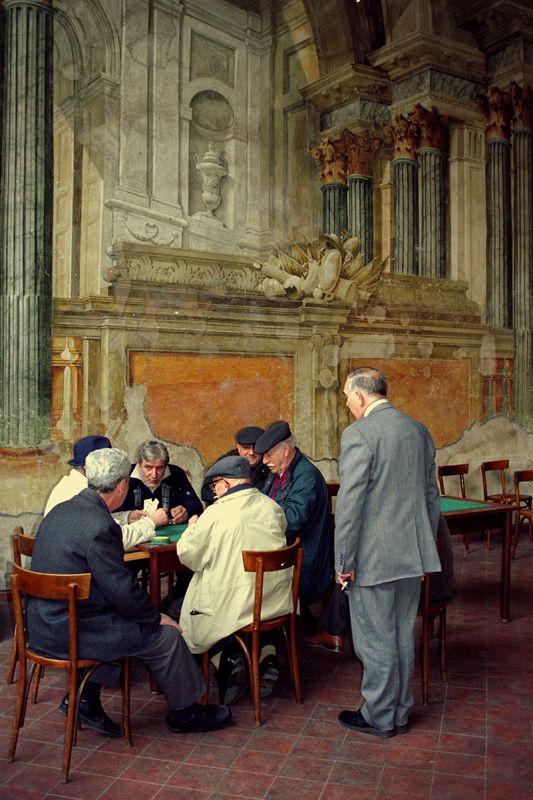

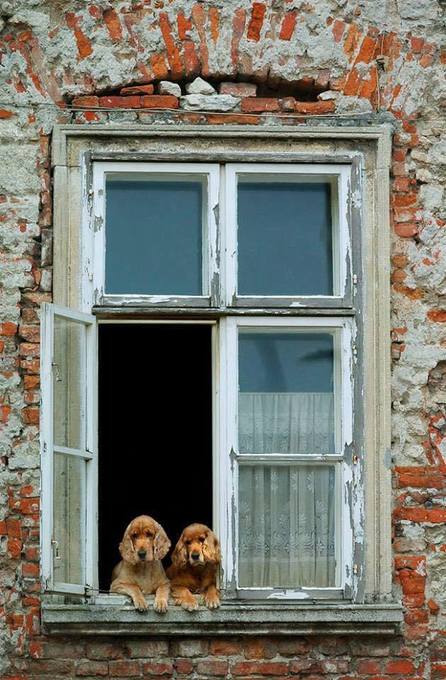
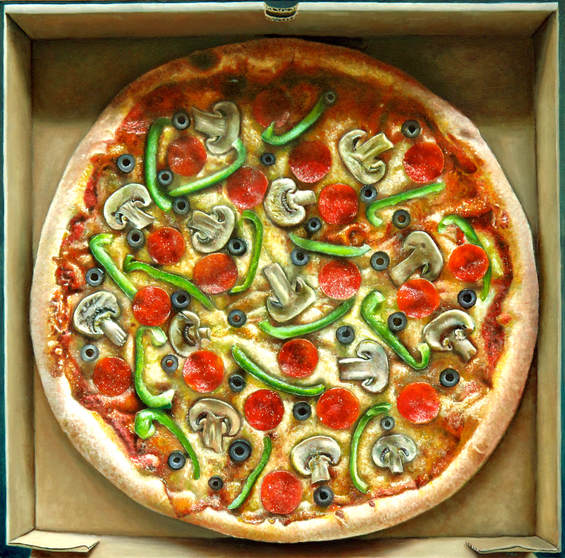



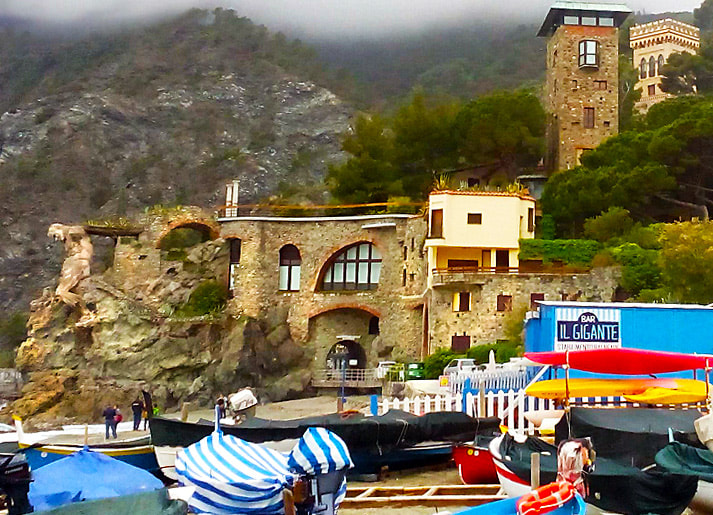



 RSS Feed
RSS Feed
